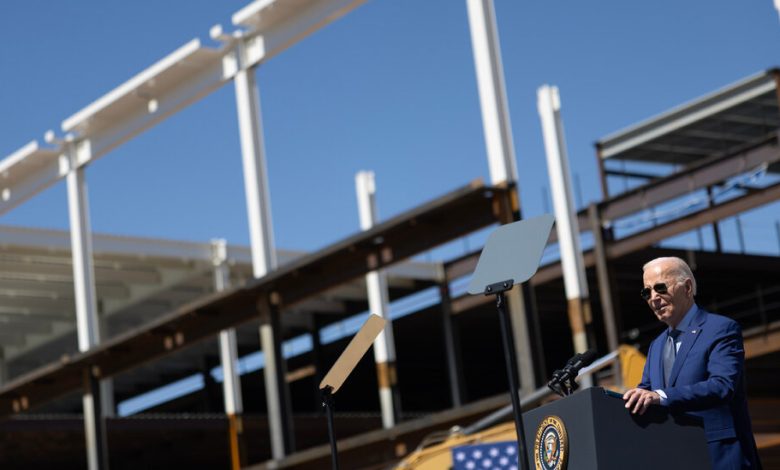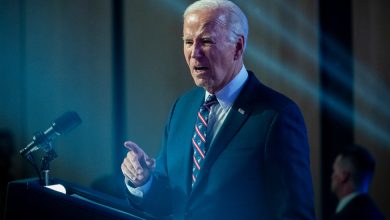What $8.5 Billion Can Buy: Biden Aims to Bolster Chip Manufacturing

President Biden’s announcement on Wednesday of an $8.5 billion federal grant to Intel to build some of the world’s most advanced computer chips is one of the most remarkable American experiments in industrial policy since Dwight D. Eisenhower used federal funds to build the nation’s highway system.
But rather than a new beginning in America’s effort to restore a technological ability it invented — and then all but lost — there is significant risk it could be the high point of the effort.
When the CHIPS and Science Act passed two years ago, it was promoted as a down payment on the kind of long-term investment in critical sectors of the economy that made Taiwan the world’s dominant player in chip manufacturing. It is a strategy China began emulating nearly a decade ago, pouring new money, year after year, into chips and high-capacity batteries, quantum computing and artificial intelligence, to name just a few.
But while Mr. Biden celebrated the construction of Intel’s plant as a turning point in American industrial and national security strategy, there is no prospect of a follow-on program anytime soon. And quietly, Congress has sliced away at the billions of dollars that were authorized — but never fully allocated — for research, training and production.
So as Mr. Biden ticks off the immediate benefits of the Intel investment — 10,000 manufacturing jobs in Arizona, New Mexico, Oregon and Ohio, and 20,000 construction jobs to get things rolling — many in his administration worry privately that their strategy may not survive this moment of political polarization.
That is the reason Mr. Biden and his commerce secretary, Gina Raimondo, do not talk much about the scale of additional government investment that may be needed if the country is serious about spurring investment in everything from the most expensive semiconductor plants to the technologies carmakers will need to meet emissions mandates.





